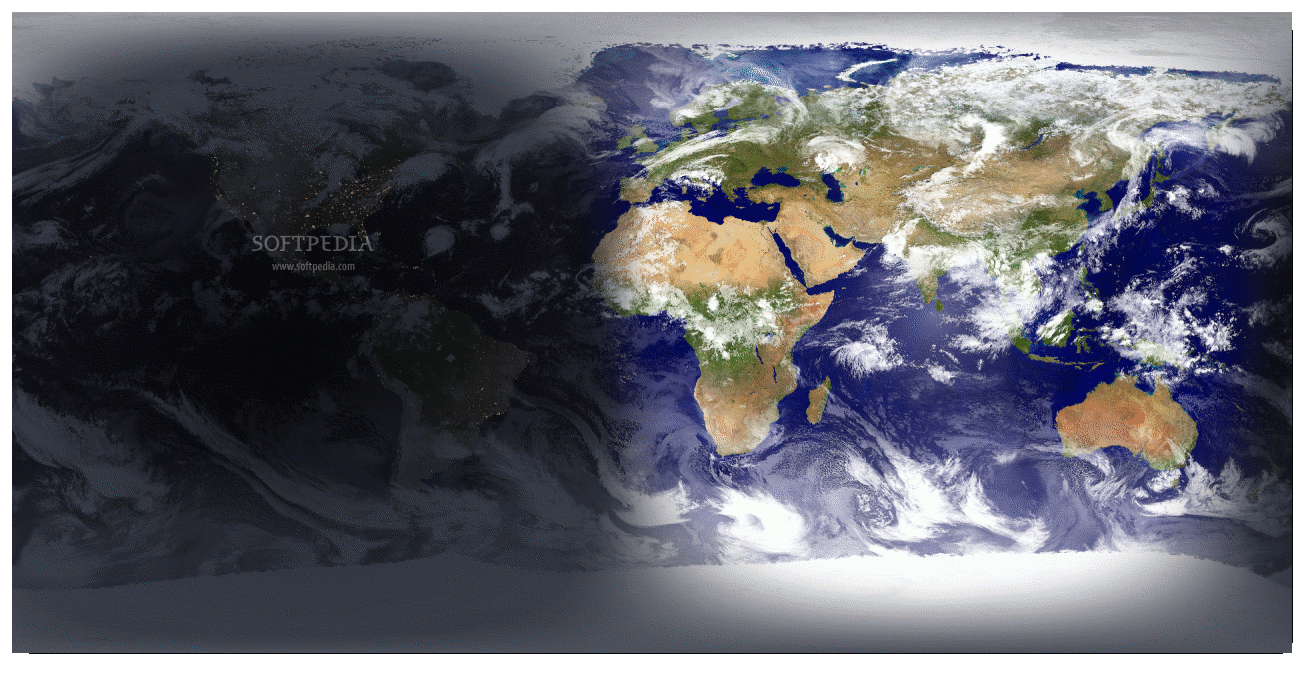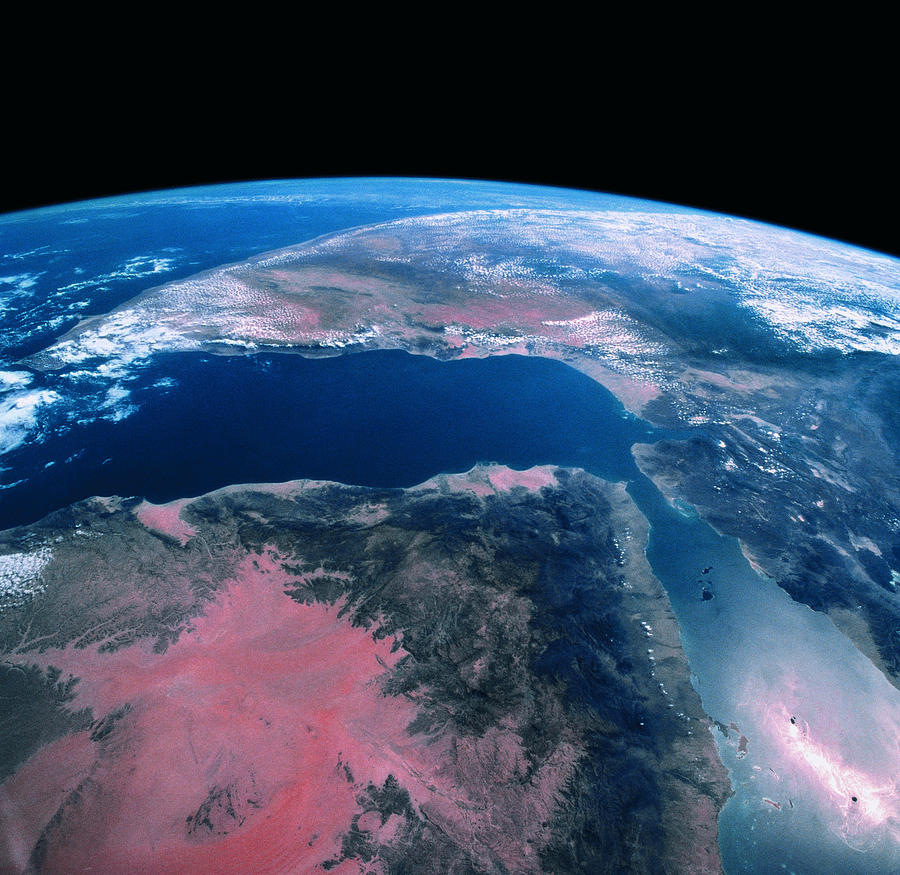

Though astronaut Leland Melvin said the effect seems to take hold of astronauts regardless of culture or nation of origin, Yaden et al. Voski (2020) demonstrated a marked influence on astronauts' environmental attitudes and behaviors, and a new level of environmental awareness and consciousness. The effect can cause changes in the observer’s self concept and value system, and is sometimes transformative. (2016) write that some astronauts viewing Earth from space "report overwhelming emotion and feelings of identification with humankind and the planet as a whole". Yaden posited that the overview effect triggers awe through both perceptual vastness (like seeing the Grand Canyon) and conceptual vastness (like contemplating big ideas like infinity). More specifically, they write that the effect might best be understood as "a state of awe with self-transcendent qualities, precipitated by a particularly striking visual stimulus". proposed that the overview effect can be understood in terms of awe and self-transcendence, which they describe as "among the deepest and most powerful aspects of the human experience". (2016) state that the most prominent common aspects of the astronauts' experience were appreciation and perception of beauty, unexpected and even overwhelming emotion, and an increased sense of connection to other people and the Earth as a whole. Characteristics Astronaut Tracy Caldwell Dyson "Earth gazing" in the Cupola module of the International Space Station, a practice found to have positive psychological effects, one that is especially important in coping with the demands of spaceflight īroadly, Yaden et al. Immersive virtual reality simulations have been designed to try to induce the overview effect in earthbound participants. The effect can cause changes in the observer’s self concept and value system, and can be transformative.

The most prominent common aspects of personally experiencing the Earth from space are appreciation and perception of beauty, unexpected and even overwhelming emotion, and an increased sense of connection to other people and the Earth as a whole. Researchers have characterized the effect as "a state of awe with self-transcendent qualities, precipitated by a particularly striking visual stimulus". The overview effect is a cognitive shift reported by some astronauts while viewing the Earth from space. Apollo 8 astronaut Bill Anders recalled, "When I looked up and saw the Earth coming up on this very stark, beat-up Moon horizon, I was immediately almost overcome with the thought, 'Here we came all this way to the Moon, and yet the most significant thing we’re seeing is our own home planet, the Earth.'" Jamie Groh is a space reporter for Florida Today.Cognitive shift caused by viewing Earth from outer space Earthrise (1968). Journalism like this takes time and resources. Please support it with a subscription here. Space is important to us and that's why we're working to bring you top coverage of the industry and Florida launches. That mission is expected sometime in 2024 with a lunar landing targeted with the Artemis III mission sometime before 2030.įor the latest, visit /launchschedule.
#Earthview from space series
The entire Artemis I mission is expected to last about 25 days with Orion targeted to splash down off the coast of California in the Pacific Ocean on December 11.Īrtemis I is the first in a series of increasingly complex missions to the moon.Īstronauts will climb aboard the next Orion capsule to launch from Kennedy Space Center for Artemis II, the first crewed Orion mission to the moon. Over the coming days, Orion will continue its journey eventually entering a specialized orbit around the moon called a Distant Retrograde Orbit.Īt its closest point, Orion will orbit about 80 miles away from the lunar surface and at its furthest about 298,565 miles surpassing a record set by the Apollo 13 mission in 1970.


 0 kommentar(er)
0 kommentar(er)
